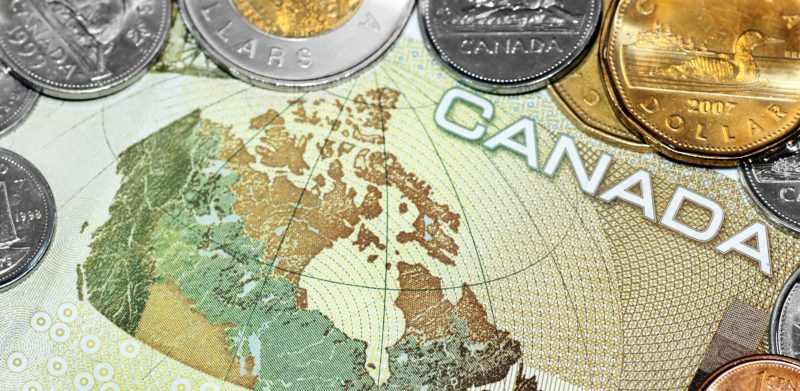
Anti-dumping duties
I was recently asked several questions on anti-dumping duties or rather: “What is dumping?”
Dumping
In the context of international trade, dumping occurs when manufacturers export a product to another country at a price either below the price charged in its home market or below its cost of production. The purpose of this act is sometimes to increase market share in a foreign market or to drive out competition.
Countervailing Duty
Countervailing Duty is applied when foreign governments subsidize producers in the country of manufacture which gives an unfair advantage over Canadian manufacturers who are not subsidized.
In Canada
If a product is recognized as being “dumped” in Canada, the Canada Borders Services Agency (CBSA) will levy an “anti-dumping duty” on the import of the goods. This Dumping duty is usually high and can total up to more than 100% of the value in additional duties as well as applicable duties and taxes.
Procedure
If a Canadian company feels wronged by a competitor that it suspects has committed the unfair practice of dumping, it can file a complaint with the Canadian government.
The CBSA will review the file and send a questionnaire to the foreign producers as well as the Canadian importers of these products. A decision will be rendered on whether or not there is good reason to believe dumping has occurred. If so, an anti-dumping duty will be established as well as the corresponding countervailing duty. It is also possible that a “provisional” anti-dumping duty is levied while awaiting the final decision.
Reality for Canadian importers
Importers are often surprised when the products they import are subject to anti-dumping or countervailing duties that they were unaware of. I have seen companies that have been levied anti-dumping duties on products that they imported and sold for one or two years, totaling hundreds of thousands of dollars. Having to pay a 120% duty on a product that has already been bought and sold results in a net loss for the company.
Here is an example of the calculations made on a product subject to anti-dumping duties and countervailing measures:
Import of oil country tubular goods (OCTG) from China
Purchase value: $100,000 CAD for 22 metric tonnes
Anti-dumping duties = 166.9% of export price
Countervailing duties = 4,070 renminbis per metric tonne (1000 kg)
Conversion: 1 RMB = 0.2031 CAD
$166,900 in anti-dumping duties + $18,155 in countervailing duties = $185,055
If you already import a product that becomes subject to a dumping investigation, you may receive a request for information from the CBSA in the mail. This type of request must be taken very seriously. Be sure to answer all questions, stay on top of file updates and consult someone who is able to advise you as needed. It is also possible that the amount corresponding to the provisional anti-dumping duty is already in place, before the final decision. It is best to begin allocating a budget for your future sales to ensure that the anti-dumping duties are covered in the cost of your goods.
You should not consult your foreign supplier to determine whether there are anti-dumping duties on its product, even if your relationship with that supplier is favorable. On more than one occasion, I have witnessed Chinese suppliers, who knew they were being investigated or that anti-dumping duties had been levied on other import customers in Canada, telling their Canadian clients that the product was not subject to anti-dumping duties when in fact it was.
Certain products and regions are at greater risk than others. The risk of having anti-dumping duties levied on books imported from France is much lower compared with aluminum extrusions imported from China. The importer is responsible for verifying whether there are anti-dumping duties on the product.
There is a list containing the classification codes that are subject to anti-dumping regulations, but it is for reference purposes only. Importers often make the mistake of checking only whether a harmonized system classification is on the list of products subject to anti-dumping regulations. Be careful! This is not the only item that must be verified.
Below is an example of a possible problem that could arise from simply verifying the HS classification code.
If you import a wrought iron part from China, it will be classified under HS code 73.26, but if this same part is manufactured and imported for the aeronautics industry, it will be classified under code 88.03.
Now, if the wrought iron from China were subject to anti-dumping regulations (such is not the case here as this is only a fictitious example) it would be listed under code 73.26. A verification of HS codes subject to anti-dumping regulations would allow you to conclude that the part you are importing in 88.03 is not part of the anti-dumping list. However, as the dumping problem would apply to all wrought iron parts, you know that the product in question would be subject to anti-dumping regulations. You could repeat the same mistake over several years and import your goods without any problems until there is a customs adjustment that retroactively applies to the imports in question.
To wrap up, the solution is to get a second opinion. Importers often contact a customs broker, but it’s best to check with the CBSA. Even though, officially, the CBSA does not make any formal ruling on the matter, the answer, even by e-mail, remains the best option for choosing the best course of action.
Anti-dumping duties can represent a significant amount of money for importers, and should never be taken lightly. Take the necessary measures in order to import without any nasty surprises.